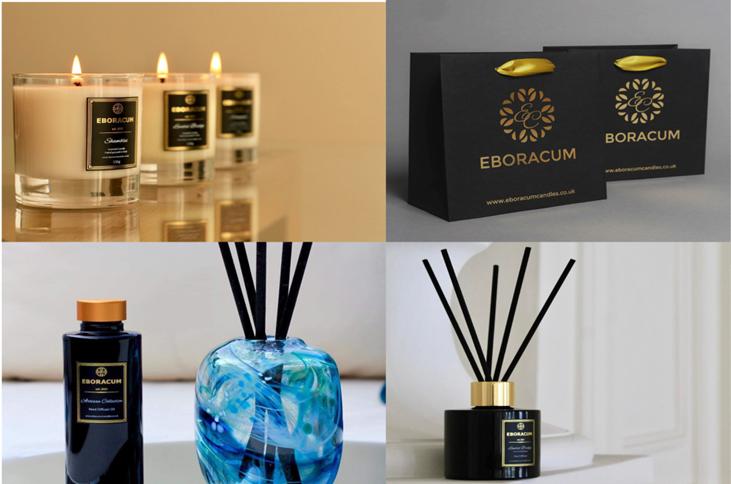Murals can transform any space into a visually captivating and vibrant environment. Whether you’re decorating a room, an outdoor wall, or a public space, a mural can serve as a stunning summer backdrop that adds personality and charm.
Read Also: What Is Marital Fraud
Painting a mural may seem daunting, but with proper planning and execution, you can create a masterpiece that will leave a lasting impression. In this article, we will guide you through the process of painting a mural as a stunning summer backdrop.
Plan and conceptualize:
Begin by brainstorming ideas and themes for your mural. Consider the purpose of the mural and the atmosphere you want to create. Research different styles and gather inspiration from other artists. Once you have a clear vision, sketch your ideas on paper or digitally to get a sense of the composition and layout.
Prepare the surface:
Before you start painting, ensure that the wall or surface is clean, smooth, and properly primed. Remove any loose paint or debris and repair any cracks or imperfections. Apply a coat of primer to create a stable base for your mural and allow it to dry completely.
Choose your color palette:
Select a color palette that complements the overall design and desired atmosphere. Consider the mood you want to evoke, whether it’s bold and vibrant or serene and calming. Experiment with different color combinations to achieve the desired effect.
Create a grid:
To transfer your design accurately onto the wall, create a grid system. Divide your sketch into equal-sized squares, and then transfer the same grid onto the wall. This will help you maintain the proportions and ensure an accurate representation of your design.
Outline and fill:
Start by outlining the main elements of your mural using a pencil or a thin brush. Once the outline is complete, begin filling in the larger areas with your chosen colors. Use a variety of brushes or different painting techniques to add depth and texture to your mural.
Layer and blend:
Building layers of color will add dimension to your mural. Start with lighter shades and gradually work towards darker tones. Blend colors together using brushstrokes or other blending techniques to create a smooth transition between different shades.
Add details and highlights:
As you progress, focus on adding details and highlights to enhance the overall impact of your mural. Pay attention to light sources and shadows to create a sense of depth and realism. Use smaller brushes or fine-tipped markers for intricate details and fine lines.
Step back and assess:
Take breaks during the painting process to step back and evaluate your progress. This will help you identify any areas that may need adjustment or refinement. Don’t be afraid to make changes and experiment with different techniques if necessary.
Finishing touches:
Once your mural is complete, step back and examine the overall composition. Make any final adjustments and touch-ups as needed. Consider adding a protective topcoat or varnish to preserve the colors and enhance durability, especially for outdoor murals.
Share and enjoy:
Finally, proudly share your completed mural with others. Whether it’s in a private space or a public setting, your stunning summer backdrop will undoubtedly captivate and inspire those who experience it.












